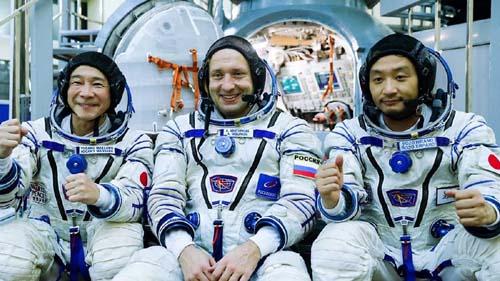
Japan likely to send 1st astronaut to Moon under U.S.-led project
Tokyo: The United States and Japan are making final arrangements to land a Japanese astronaut on the surface of the Moon for the first time, under a US-led lunar exploration program, sources familiar with the matter said this week.
The Artemis program aims to achieve a historic milestone by sending U.S. astronauts to the lunar surface for the first time in over half a century by 2025 at the earliest, and a Japanese astronaut may be among the next to land on the Earth’s satellite, according to the sources.
The two countries are also discussing putting a second Japanese astronaut on the Moon and expected to finalize a plan as soon as next month, the sources said.
Vice President Kamala Harris said on Wednesday that the United States intended to have an international astronaut accompany U.S. astronauts to the surface of the Moon by 2029, although she did not say from which country the envisaged individual might be selected.
Meanwhile, Prime Minister Fumio Kishida on Friday confirmed at a meeting of the Strategic Headquarters for Space Development that two countries were speeding up discussions.
Japan will not only participate in the construction of Gateway, a lunar-orbiting outpost planned under the Artemis program, but will also be responsible for transporting materials, as well as developing a lunar rover that can be driven without a spacesuit.
Besides returning humans to the Moon and advancing lunar exploration, the ultimate goal of the Artemis program is explore Mars.
Last year, the National Aeronautics and Space Administration or NASA successfully put the uncrewed Orion spacecraft on course to fly around the Moon and return to Earth.
It is planning to send four astronauts from the United States and Canada on a lunar flyby in November 2024 for its next step in lunar exploration, followed by a roughly weeklong stay on its surface aboard a SpaceX craft at the end of 2025 and a nearly annual trip to the Moon from 2028.
